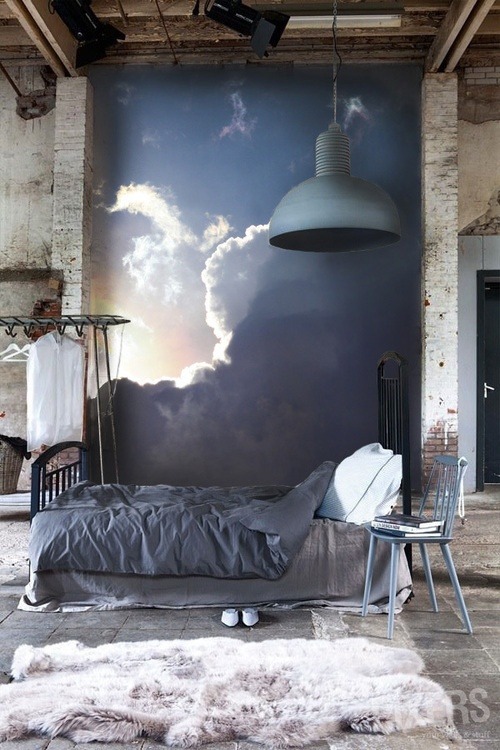But the book is less about the clothes themselves, and more a reflection on how the women feel about their own experience, their mood, and their relationship to the garment. The book is, at least in part, about how women imbue their clothing with signification--how meaning is located in the person who wears each piece, and how she thus transfers a kind of energy into the garment, and seldom the other way around, unless it's a garment or accessory that's been passed down.
But this isn't the only focus of the text, because clothing always has a history before it reaches our fingertips. The book also explores more political avenues of inquiry--examining where our clothing comes from, what it costs to make it, and what about the woman behind the sewing machine who stitches together our bras? What is she wearing? What does her shirt mean to her? How does she choose her clothing, and what does she think about as she makes the clothing that eventually lands in our closets?
While we may have layered connections to the shirts and jeans we choose in the morning, it's difficult to ignore the separation we often have from their origins. What does it mean that these items are largely imported rather than made on domestic soil, and how do we reconcile the fact that a good portion of these goods are becoming increasingly disposable to us?
As a grad student I loved the presence of H&M and Forever 21 as options for finding sweaters and dresses that fit the bill, but which I could also afford. I thrifted quite a bit during this time too, as I do now, but if I was buying something new, I tended to go to one of these two places or the GAP. But this is rapidly changing for me. It has become increasingly difficult for me to feel good about stepping into these stores, smelling the off-gas of factory chemicals lingering in the air, and then purchasing a synthetic, chunky knit sweater for $22 that will surely pill in a matter of weeks.
More than this, I can no longer ignore the fact that these goods are produced in factories that underpay their workers and contribute to a growing human rights and ecological crisis. Mass-produced clothing causes pollution, and the people spending hours in these hot, poorly-ventilated rooms, breathing in chemicals and tiny pieces of fabric are subject to health problems.
These thoughts, questions, interviews, and revelations (and yes, it's all in there) lead up to a manifesto, about half-way through the book. Turn the page, and suddenly there's a black background, the text is green, the font sterile, and as I read it, I had goosebumps--it's haunting, some of the language here--but also refreshingly honest and inspired. Getting dressed is political, and most of us do have a choice in the matter. For some, it isn't as much a choice as it is an ethical dilemma that demands restraint when it comes to purchasing more.
The manifesto is from Margaux Williamson, (one of the many contributors), and it's called "How to Dress in Our New World."
9. So now if you find a T-shirt on the street and it is 100% cotton, maybe it is time to put it on. That is a great find, to find cotton on the street, so far away from the fields. And though it probably advertises a bad system that you don’t believe in, everyone knows from your face what’s in your heart. And besides, our personal investigations are as valuable as our speeches. See what it is like to match your face with the bad system. There are not so many vacations anymore but we still must go places.
11. It might seem like, in the new world, clothes are nowhere to be found, but they are everywhere. In the dessert, at the funeral home, in the garbage.
12. There will never not be enough clothes. We made so many. Galaxies of factories were born in the name of individuality. Our person to clothing ratio spiraled out of control and the resulting great piles of clothes made more visible the meaninglessness of our individual lives on earth.
18. What we love now are worn things, things that have made it through experiences with what appear to be travel scars and thick skin. We think, these dull blue boots are strong, I can tell they have been to the woods and the jungle and the floods and the dinner. Maybe we can’t tell what the shoes mean, since we haven’t been there, but we know they are still here. Sometimes, not knowing the meaning is not meaninglessness, but love.
You may read her whole piece here.
I'm also reminded of this book from a couple of years ago. And this. I'm curious, what do you think about when you shop? Do you have a manifesto that helps you navigate these questions?











